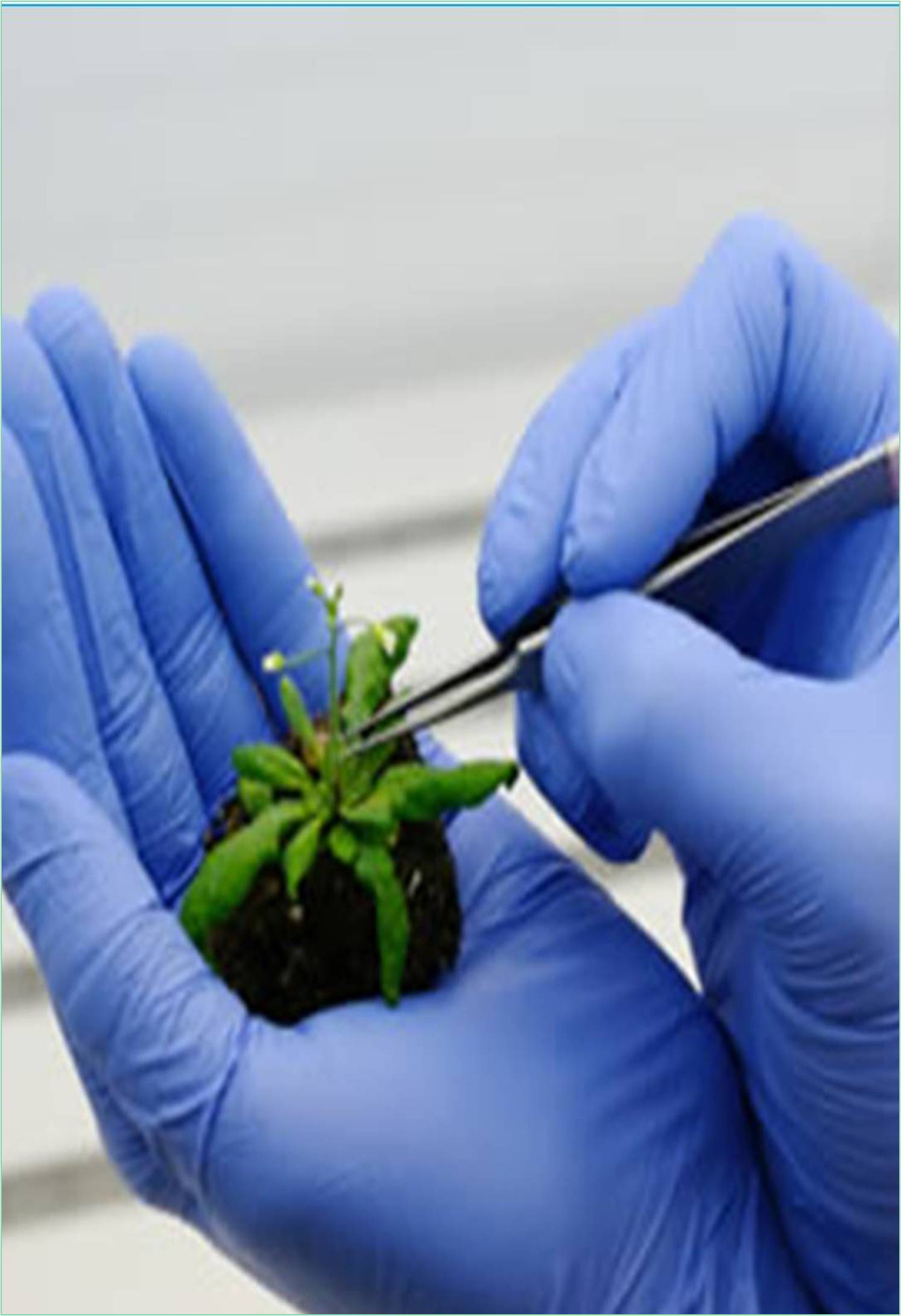



Received: 30-Mar-2022, Manuscript No. GJBB-22-10003; Editor assigned: 01-Apr-2022, Pre QC No. GJBB-22-10003(PQ); Reviewed: 15-Apr-2022, QC No. GJBB-22-10003; Revised: 22-Apr-2022, Manuscript No. GJBB-22-10003(R); Published: 02-May-2022, DOI: 10.15651/GJBB.22.10.36
Biotechnology can be defined as the field of application of biological processes to manufacture and manufacture products used in various aspects of human life. Modern biotechnology usually takes into account the natural processes of DNA replication, breakage, ligation, and repair. These have led to a better understanding of the mechanisms of cell biology and their inherited processes, and how they can be applied in areas such as medicine, plant and food science, and agricultural practices. The main goals of modern biotechnology in agriculture (Herdt 2006) are to improve product quality, quantity, nutritional value, taste, shelf life and ultimately enable stakeholders to achieve higher yields at lower energy costs. These include ancient agricultural practices, including fermentation, and more recent examples of the development of disease- resistant crop varieties by mating. To improve agricultural practices through advances in biotechnology, modern methods include transgenic technologies that revolve around inserting foreign strands of DNA into the host genome to improve crop yields. In 2004 alone, approximately 80 million hectares of land were cultivated with genetically modified plants (Hails 2000) in countries such as the United States, South America, China, Canada and South Africa. The most sought after target traits for improving transgenic crop yields remain herbicide resistance, virus and insect protection, and resistance to natural stressors. New applications of biotechnology in agricultural practice
Applications of biotechnology in agriculture include science and technology such as genetically modified organisms, Bt cotton, and pest-resistant crops. Helps modify plants, animals and microorganisms and improves agricultural productivity. Technologies such as vaccines, tissue culture and genetic engineering are also used. Farmers also use pesticides (pesticides and fertilizers) to increase crop yields. However, pesticides are too expensive for farmers in developing countries. The use of these chemicals also contributes to environmental pollution (Abdullah 1995). In addi - tion, existing varieties and traditional breeding make it difficult to further increase yields. Is there a way to use my knowledge of plant genetics to produce new strains and increase yields? Can we take a more environmentally friendly approach by minimizing the use of pesticides and fertilizers? Yes, agricultural biotechnology has brought GM crops to solve all of the above problems.
Genetically Modified Organisms
GMO stands for Genetically Modified Organisms. GMOs are plants, animals, microorganism or fungi whose genes were changed with the aid of using genetic manipulation (Bauwe 2003). Genetically changed plants or GM plants are used with inside the following ways:
• They are extra tolerant to stresses together with drought, cold, warmth etc.
• They are pest-resistant and consequently much less depending on chemical pesticides.
• Genetically Modified plants assist to lessen post-harvest losses.
• They assist to growth the mineral utilization with the aid of using plants, thereby stopping early exhaustion of soil fertility (Krautkraemer 1994).
• Genetically changed plants have more advantageous dietary value. Example – Vitamin A enriched rice.
Use of Biotechnology to Improve Yield
Milk is being fed on everywhere in the global as a useful meals with excessive dietary value. The pituitary gland releases bovine Somatotropin hormone which will increase the manufacturing of milk. Formerly, the calves had been being slaughtered to extract this hormone from their brain. Nevertheless, that approach outcomes withinside the much less hormone quantity. Scientists applied Escherichia coli for the insertion of gene with encoded bovine Somatotropin in it. Now this hormone outcomes withinside the manufacturing of extra quantity. This hormone obtains 10–12% growth withinside the manufacturing of milk. In 2050, the global`s populace may be suggested 9 billion. Consequently, at the equal land, better yield may be required. Potentially, biotechnology is the first-rate era to fight diverse meals yield problem. The extra degree of starvation and poverty is suggested in Africa. The malnutrition and starvation reasons effects with inside the case of sicknesses together with rickets and kwashiorkor. These sicknesses end result better deaths. Africa can eliminate starvation, sicknesses, malnutrition and starvation with maximumly capability utilization of biotechnology.